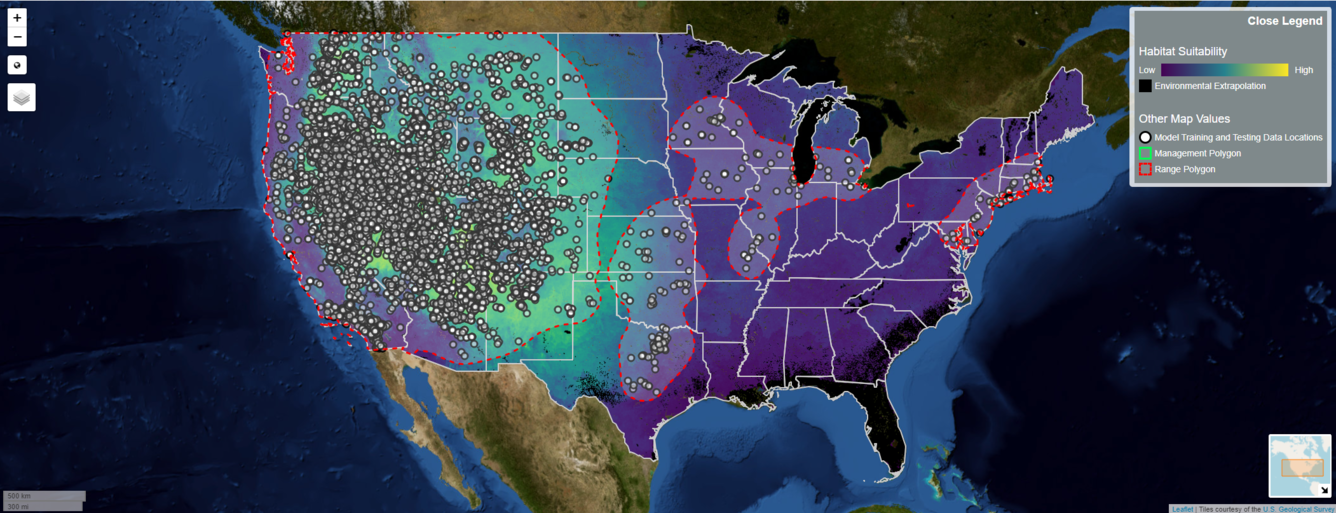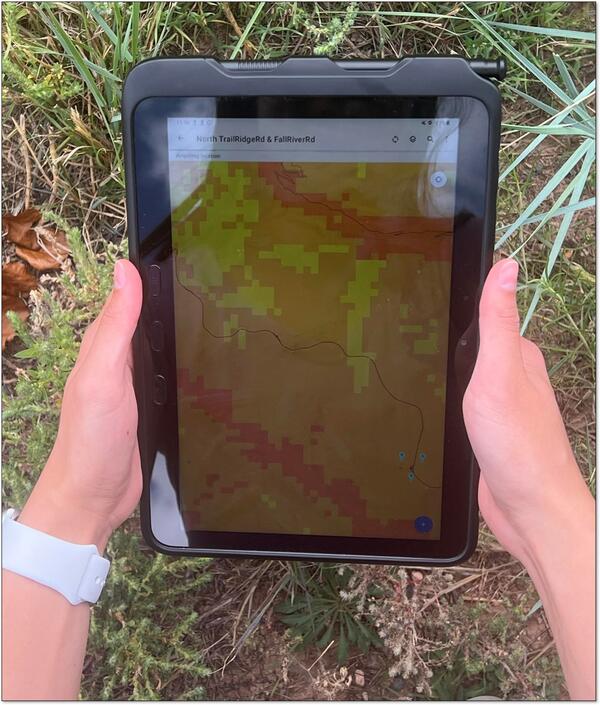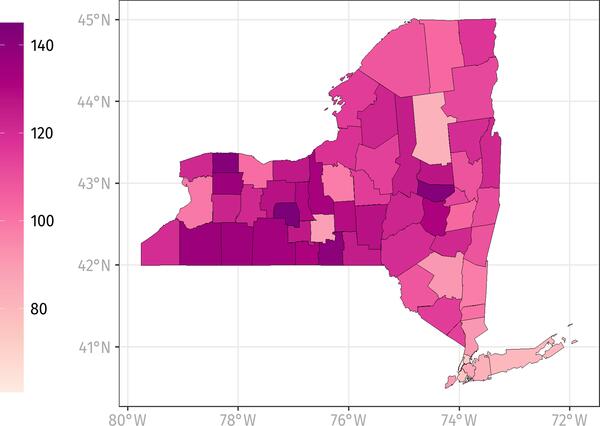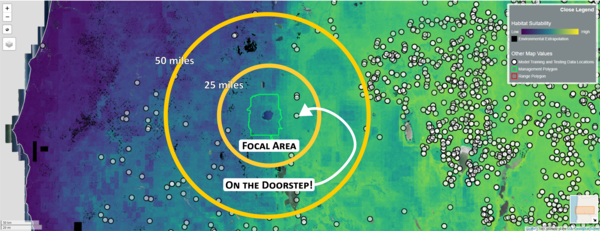INHABIT: A web tool for invasive plant management across the contiguous United States
INHABIT is a desktop-optimized web application and decision support tool with mapped and tabular summaries of habitat suitability models for over two hundred fifty terrestrial invasive plant species of management concern across the contiguous United States. It is the product of a scientist-practitioner partnership and is designed to facilitate enhanced invasive species management actions, including species watch lists and targeted searches.
About
Once introduced, invasive species can be difficult to control or eradicate, and it is often difficult to determine where these species will invade next. Land managers need tools that can help them predict the potential spread of invasive species. INHABIT is one component of the National Early Detection and Rapid Response (EDRR) Framework, which is composed of several different projects, including the information hub Siren, that together provide tools to plan, detect, report, and respond to invasive species.
Highlights
- Includes 259 terrestrial invasive plant species
- Covers over 10,000 management areas
- Downloadable maps and summaries
Explore more features and uses of INHABIT on this page and receive updates by subscribing to the newsletter below.
The Web Application
Map invasive species habitat suitability for occurrence, abundance, and high abundance on one platform.

View both continuous and categorical maps of habitat suitability for over 250 terrestrial, invasive plant species of management importance. Continuous maps are for occurrence, abundance, or high abundance while categorical maps integrate the three continuous maps.
Summarize ranked risk across management areas

How to use INHABIT data
Integrate data with ArcGIS Field Maps.

Create watchlists.

Identify doorstep species.

INHABIT species potential distribution across the contiguous United States (ver. 4.0, June 2024) INHABIT species potential distribution across the contiguous United States (ver. 4.0, June 2024)
Management summary table for INHABIT species potential distribution across the contiguous United States: additional management units Management summary table for INHABIT species potential distribution across the contiguous United States: additional management units
INHABIT species potential distribution across the contiguous United States (ver. 3.0, February 2023) INHABIT species potential distribution across the contiguous United States (ver. 3.0, February 2023)
INHABIT species potential distribution across the contiguous United States INHABIT species potential distribution across the contiguous United States
Predicted occurrence and abundance habitat suitability of invasive plants in the contiguous United States: Updates for the INHABIT web tool. Predicted occurrence and abundance habitat suitability of invasive plants in the contiguous United States: Updates for the INHABIT web tool.
Predictor importance in habitat suitability models for invasive terrestrial plants Predictor importance in habitat suitability models for invasive terrestrial plants
Invaders at the doorstep: Using species distribution modeling to enhance invasive plant watch lists Invaders at the doorstep: Using species distribution modeling to enhance invasive plant watch lists
INHABIT: A web-based decision support tool for invasive plant species habitat visualization and assessment across the contiguous United States INHABIT: A web-based decision support tool for invasive plant species habitat visualization and assessment across the contiguous United States
Modelling presence versus abundance for invasive species risk assessment Modelling presence versus abundance for invasive species risk assessment
A modeling workflow that balances automation and human intervention to inform invasive plant management decisions at multiple spatial scales A modeling workflow that balances automation and human intervention to inform invasive plant management decisions at multiple spatial scales
INHABIT is a desktop-optimized web application and decision support tool with mapped and tabular summaries of habitat suitability models for over two hundred fifty terrestrial invasive plant species of management concern across the contiguous United States. It is the product of a scientist-practitioner partnership and is designed to facilitate enhanced invasive species management actions, including species watch lists and targeted searches.
About
Once introduced, invasive species can be difficult to control or eradicate, and it is often difficult to determine where these species will invade next. Land managers need tools that can help them predict the potential spread of invasive species. INHABIT is one component of the National Early Detection and Rapid Response (EDRR) Framework, which is composed of several different projects, including the information hub Siren, that together provide tools to plan, detect, report, and respond to invasive species.
Highlights
- Includes 259 terrestrial invasive plant species
- Covers over 10,000 management areas
- Downloadable maps and summaries
Explore more features and uses of INHABIT on this page and receive updates by subscribing to the newsletter below.
The Web Application
Map invasive species habitat suitability for occurrence, abundance, and high abundance on one platform.

View both continuous and categorical maps of habitat suitability for over 250 terrestrial, invasive plant species of management importance. Continuous maps are for occurrence, abundance, or high abundance while categorical maps integrate the three continuous maps.
Summarize ranked risk across management areas

How to use INHABIT data
Integrate data with ArcGIS Field Maps.

Create watchlists.

Identify doorstep species.




